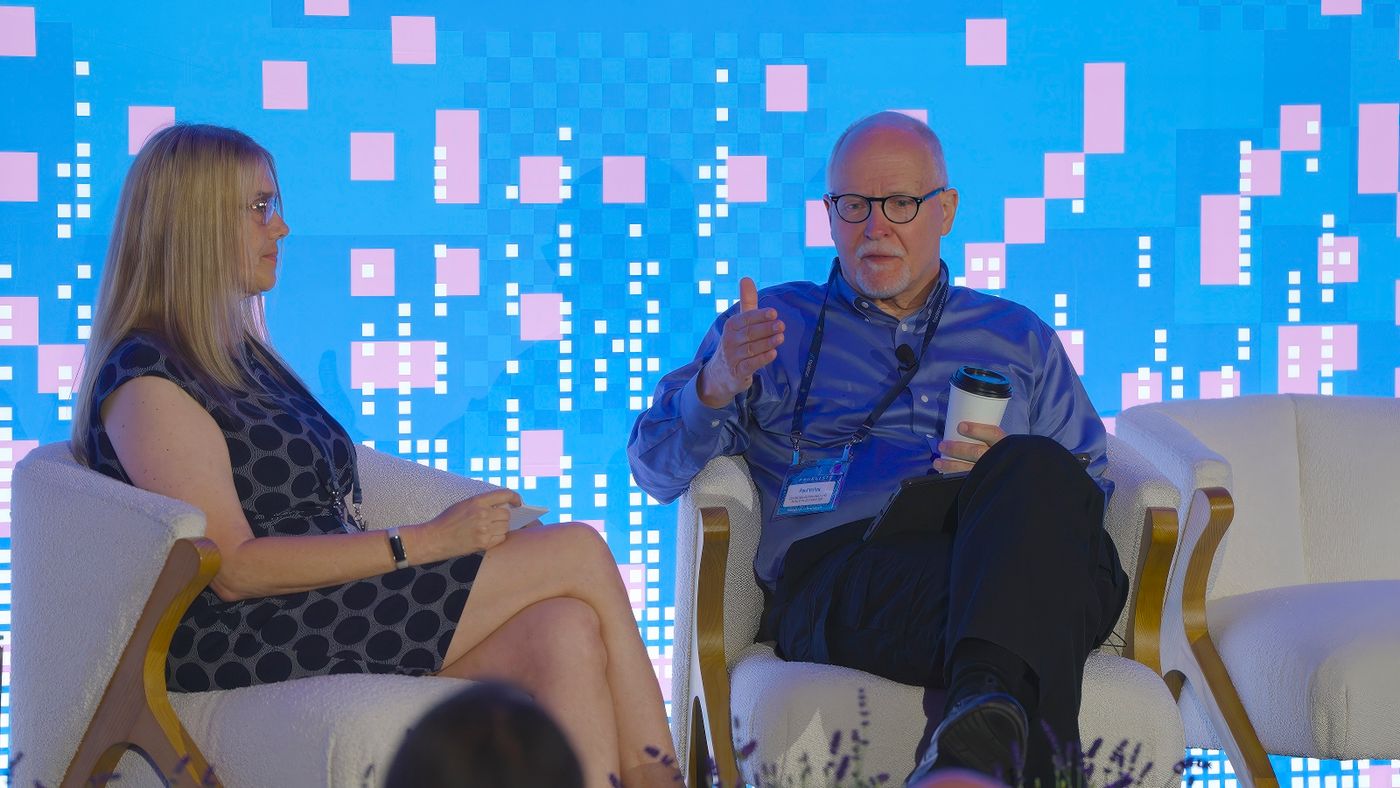Paul Vallas on Maximizing School Resources for a Sustainable Future

At Facilitron University 4, former superintendent and nationally recognized education reformer Paul Vallas delivered a candid and urgent message: public schools must shift from policy-heavy oversight to performance-driven management if they want to thrive. In a 20-minute conversation that opened the event, Vallas shared hard-earned lessons from his time leading major urban districts—and laid out a framework for maximizing resources, improving financial stewardship, and putting facilities to better use.
Watch the full session below:
From Policy to Performance
Kicking off the conversation, Vallas argued that many school systems continue to be guided by policy and compliance, rather than accountability and outcomes. He emphasized that effective district management requires more than just balancing a budget—it means aligning spending with the ability to drive results like enrollment growth, higher attendance, and student achievement.
He explained that in every district he led, the key to financial turnaround was simple: put the money where it directly impacts outcomes. That means investing in programs that bring kids back into schools, building the workforce pipeline, and ensuring resources are attached to performance—not just rules.
“If you’re not growing enrollment, not increasing daily attendance, and not improving academic outcomes, then you’re not managing your district correctly,” Vallas said.
Unlocking the Value of Facilities
One of the most compelling themes of the session was Vallas’s belief that districts are vastly underutilizing one of their most valuable assets: their school facilities.
Vallas called on leaders to rethink the way they use buildings—not as liabilities, but as under-leveraged tools for revenue generation and community partnership. He gave specific examples of successful programs he helped implement, including leasing unused space to healthcare providers, hosting community events, and using school property to generate sustainable funding.
“I always tell districts—when the kids go home, the lights stay on. So why not use the facilities to meet community needs and generate revenue at the same time?”
He also emphasized the need for strategic cost recovery models that don’t displace community access but ensure that public assets aren’t being given away at the expense of district operations.
Recouping Costs with Purpose
On the topic of financial oversight, Vallas was clear: districts must conduct regular cost analysis and ensure that every community use is measured, tracked, and tied to fair, transparent rental policies.
He pointed out that many districts offer spaces for free or under market value, often without understanding the true cost of maintenance, utilities, or staffing associated with those uses. He stressed that this isn’t about denying access, but about being a responsible steward of public funds.
Schools, he noted, are among the only public entities expected to absorb these costs without question—something that would never be expected of a park district or municipal facility.
“If other government agencies don’t give away public assets, why should schools? It’s time to take ownership of these resources.”
Identifying the Blind Spots
Vallas also addressed what he calls the “financial blind spots” districts fall into—things like overlooked fee waivers, poorly negotiated contracts, and unfunded mandates. He encouraged district leaders to treat facilities as part of a larger operational strategy, not just a maintenance concern.
This includes collecting data on usage, setting clear policies, and bringing in the right partners—people who can help districts look at the full picture, not just what’s on the books.
He also spoke to the importance of having external expertise in areas like real estate and contract negotiation. Many districts, he noted, are trying to manage multi-million-dollar portfolios without the staffing or systems in place to do so effectively.
Future-Focused Solutions
When asked what actionable steps districts can take, Vallas recommended starting with the basics: conduct a full inventory of real estate assets, evaluate current rental policies, and examine where costs can be recovered or reinvested. He also stressed the need to educate boards and communities about the value of facility-based funding strategies—not just to close budget gaps, but to support student success.
Throughout the session, Vallas made one thing clear: financial responsibility is not a competing priority—it is essential to delivering quality education.
“Financial discipline is not the opposite of good education—it’s the foundation of it.”
Final Takeaway
Paul Vallas’s conversation set the tone for Facilitron University 4: smart management isn’t just about spreadsheets and savings—it’s about ensuring schools can thrive long-term. By rethinking how districts manage their facilities, engage communities, and invest in outcomes, leaders can turn hidden costs into new opportunities—and create systems that are both sustainable and student-centered.
What’s Next?
Interested in implementing Paul Vallas’s approach in your district? Facilitron offers tools that support the very strategies he champions—from facility cost recovery and community engagement to data-informed decision-making.
Contact us at partnerships@facilitron.com for a consultation with our team of district experts.

